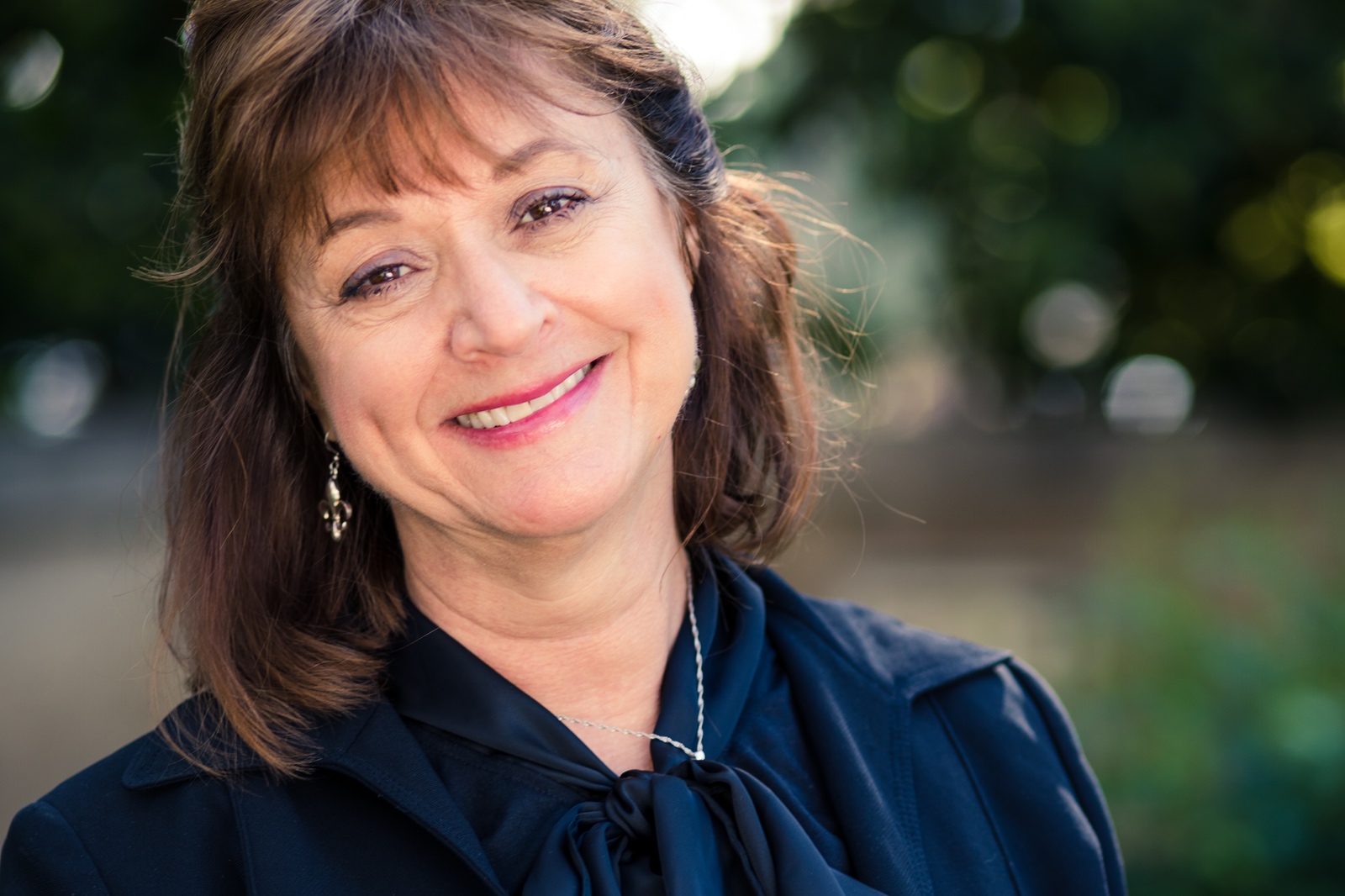Dr. Mimi Haddad
Guest Post Series
First, a word from April.
This is the last of three articles in the series by Christians for Biblical Equality President, Dr. Mimi Haddad, about who women have been created to be as ezers (originally posted HERE, reposted with Mimi’s permission). May these words bring freedom to women’s identity and purpose.
For the past two weeks, we have considered the biblical basis for identity and purpose, which, for humans, is inseparable from being created in God’s image. What is more, Scripture emphasizes the significance of the male and female union in caring for Eden. A perfect world is one in which Eve provides a strong rescue to Adam, whose solitude was the only “not good” in a perfect world. God created woman as ezer, or strong help, and together they shared dominion and authority as God’s representatives. The first week, we covered the implications of ezer more deeply, and last week we saw specific examples of women in the Old Testament who were ezers—strong rescuers. Now we’ll turn to the New Testament and see how Jesus welcomed women as ezers throughout his life.
Significantly, Christ engaged women theologically, expecting them to respond not as a distinct class, but as people, as disciples, and as heirs of God’s kingdom. In Jesus, the second Adam, women share a spiritual dominion, just as Eve was created for equal authority and dominion with the first Adam in the Garden. In Christ’s kingdom, identity and purpose are notlimited by gender. Therefore, Jesus speaks with women unselfconsciously, drawing them in, in broad daylight in full view of all, despite the disapproval of his disciples (John 4:27). Unlike the rabbis of his day, Jesus allowed women to sit at his feet to study his teachings (Luke 10:38–42), preparing them as disciples, evangelists, and teachers. When a woman called out to Jesus, saying “Blessed is the mother who gave you birth and nursed you,” Jesus responded, “Blessed rather are those who hear the word of God and obey it” (Luke 11:27–28). For Jesus, a woman’s value and identity resides not in her cultural role, but in her response to God’s revelation and this becomes the standard for every member of Christ’s New Covenant—male and female. Women are now daughters of Abraham (Luke 13:16), a phrase first used by Jesus to identify women as heirs and full members the New Covenant.
Jesus also holds the longest conversation in Scripture with a woman, a Samaritan at a well mentioned in John chapter 4. Jesus first discloses his messianic mission not to his disciples, but to a woman who was also a member of a hated people, the Samaritans. The disciples are surprised and disappointed to see Jesus talking with a woman (and a Samaritan woman at that!) in broad daylight. What is worse, by revealing his identity as Messiah, Christ enlists her as an evangelist to a despised people. Several verses later, we learn that many Samaritans come to faith because of her (John 4:39). She too is a strong rescue. She too shares in the spiritual dominion of Christ’s kingdom as an evangelist, despite her gender and ethnicity. But there is more.
In Matthew 26:6–13, we meet another woman whom the disciples disparage because she anoints Jesus with expensive oil. Jesus was aware of the significant task this woman performed, and he welcomes her spiritual leadership in preparing him for death. He corrects the disciples for their ignorance and faithlessness. He says, “Why are you bothering her. She has done a beautiful thing to me… When she poured this perfume on my body, she did it to prepare me for burial. Truly, I tell you wherever this gospel is preached throughout the world, what she has done for me will also be told, in memory of her” (Matt 26:10–13). This woman anointed the greatest king in all of history for a death that constitutes the crowning achievement of all kings. Hers was the greatest priestly anointing in all of Israel’s history, a task undertaken not by a Levite, properly circumcised, but by woman whose example reveals the spiritual authority of women in the New Covenant.
Interestingly, it was to a woman that Christ first appeared after his death and burial. While the twelve disciples hid behind locked doors, the women remained vigilant at the tomb. And, Mary Magdalene was the first to meet the risen Lord, who sends her as an evangelist to tell the disciples he has risen. Through these examples, and many more, Jesus does not condone cultural assessments of identity that diminished the agency and spiritual authority of women. Rather, Christ’s ministry reveals that females, like males, are born again as God’s representatives. They are also ezers—called and equipped to advance Christ’s kingdom through their creational purpose as strong rescuer.

